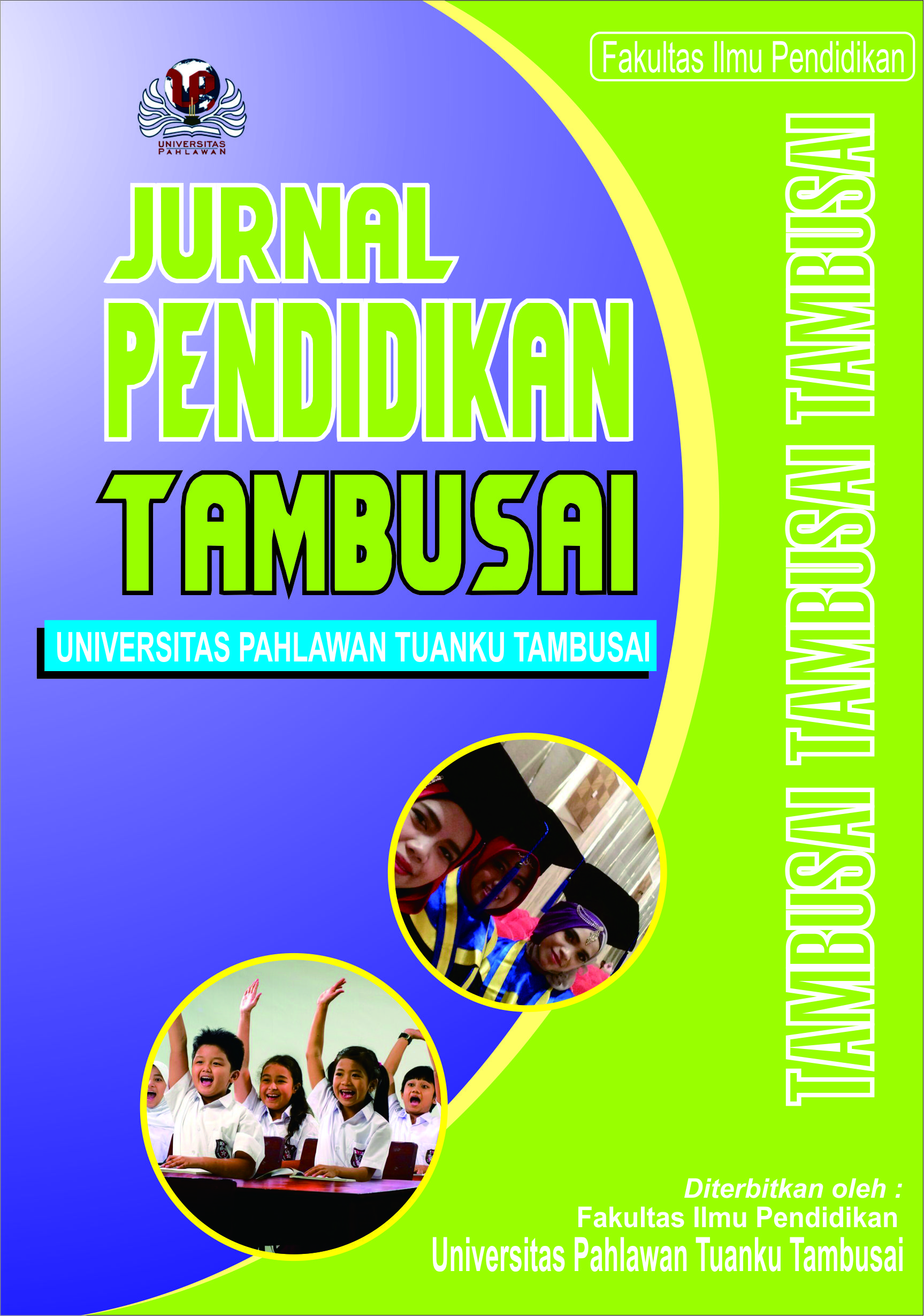Penerapan Pendekatan Culturally Responsive Teaching (CRT) terhadap Hasil Belajar Siswa Mata Pelajaran Pendidikan Pancasila Kelas IV SDN Pedurungan Kidul
Keywords:
Pendekatan Culturally Responsive Teaching, Hasil BelajarAbstract
Mungkin sulit bagi guru untuk mengajarkan materi kepada siswa selama proses pembelajaran, sehingga siswa memperolah hasil belajar yang kurang maksimal. Tujuan penelitian ini adalah untuk menjelaskan dan mengevaluasi penerapan pendekatan pembelajaran CRT pada mata pelajaran pendidikan Pancasila serta luarannya. Penelitian ini dilaksanakan dalam dua siklus sebagai Penelitian Tindakan Kelas (PTK), dan data yang digunakan berasal dari tes, observasi, dan wawancara. Sebelum dilakukan teknik CRT, hasil belajar siswa pada materi gotong royong dengan menggunakan model Problem Base Learning memperoleh nilai normal sebesar 75 dan ketuntasan belajar sebesar 57,75%. Ketuntasan belajar sebesar 68,75% dan hasil belajar siswa normal sebesar 78,75 menunjukkan bahwa hasil belajar siswa mulai meningkat pada siklus I. Hasil belajar siswa meningkat pada siklus II, dengan nilai rata-rata 85 dan ketuntasan belajar 87%.
Downloads
Published
How to Cite
Issue
Section
Citation Check
License
Copyright (c) 2024 Wahyu Muji Lestari

This work is licensed under a Creative Commons Attribution-ShareAlike 4.0 International License.
Authors who publish with this journal agree to the following terms:
- Authors retain copyright and grant the journal right of first publication with the work simultaneously licensed under a Creative Commons Attribution License that allows others to share the work with an acknowledgement of the work’s authorship and initial publication in this journal.
- Authors are able to enter into separate, additional contractual arrangements for the non-exclusive distribution of the journal’s published version of the work (e.g., post it to an institutional repository or publish it in a book), with an acknowledgement of its initial publication in this journal.
- Authors are permitted and encouraged to post their work online (e.g., in institutional repositories or on their website) prior to and during the submission process, as it can lead to productive exchanges, as well as earlier and greater citation of published work (See The Effect of Open Access).



